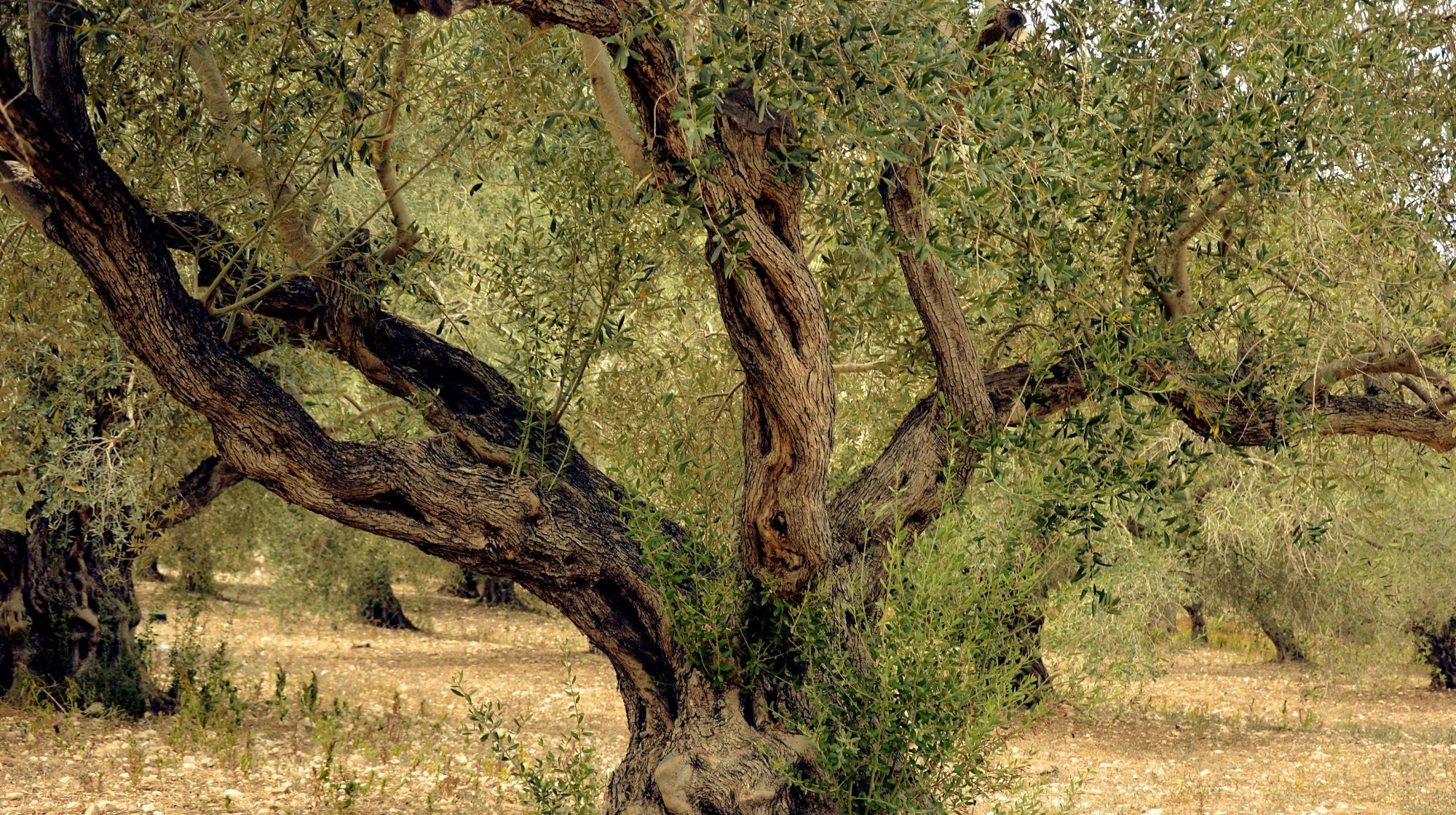Cook with Extra Virgin Olive Oil: 5 Essential Reasons It's Your Healthiest Choice

You can and absolutely should cook with extra virgin olive oil. This is one of the most common questions we hear, and the answer is definitive. For years, myths have created confusion, leading many to reserve this liquid gold only for salads. But the truth is, using EVOO for your daily cooking is a superior choice for your health and your meals.
The debate over whether to cook with olive oil or extra virgin is finally being settled by science. As discerning consumers, you deserve clarity. At Verde Esmeralda, we want to empower you with the facts so you can confidently embrace the heart of the Mediterranean kitchen. Let’s explore why you should cook with extra virgin olive oil.
The Truth About Smoke Point and Safety
The most persistent myth is that you cannot cook with extra virgin olive oil because of a low smoke point. This is a fundamental misunderstanding. A high-quality EVOO has a smoke point between 375°F and 410°F, which is ideal for most home cooking methods like sautéing and roasting.
The question of whether to cook with olive oil or extra virgin safely has been studied extensively. Research confirms that the stability of an oil under heat is far more important than its smoke point. Thanks to its unique chemical structure, EVOO remains one of the most stable oils you can use.
What Happens When You Cook With EVOO
Another concern is that heat will destroy the nutrients. While some delicate flavors may soften, the core health benefits remain remarkably intact. When you cook with extra virgin olive oil, you are using an oil rich in heat-stable monounsaturated fats, primarily oleic acid.
These fats, along with powerful antioxidants called polyphenols, protect the oil from breaking down. A 2018 Australian study found that EVOO was the safest and most stable cooking oil, producing the lowest quantity of harmful compounds. This makes the choice to cook with olive oil or extra virgin clear from a health perspective.
EVOO vs Regular Olive Oil The Key Differences

Understanding the difference between oil grades is crucial when deciding whether to cook with olive oil or extra virgin. "Regular," "light," or "pure" olive oil has been refined with heat and chemicals. This process strips away nearly all the beneficial antioxidants, flavors, and aromas.
Extra virgin olive oil, on the other hand, is unrefined. It is the purest expression of the olive fruit, extracted using a cold-pressing method that preserves its integrity. When you cook with extra virgin olive oil, you are using a whole food, not a processed fat. The debate over whether to cook with olive oil or extra virgin is really a debate between a refined product and a natural one.
When to Cook With EVOO and When to Use It Raw
The versatility of a premium EVOO is one of its greatest assets. The decision of whether to cook with olive oil or extra virgin for a specific dish often comes down to flavor preference.
-
For Cooking: Use it for sautéing vegetables, pan-searing fish, roasting, and even baking. A good quality EVOO will impart a beautiful, subtle flavor that enhances your ingredients. Choosing to cook with extra virgin olive oil elevates the entire dish.
-
For Raw Applications: Drizzle it over finished dishes, use it in vinaigrettes, or simply enjoy it with bread. This is where the most delicate and complex flavors of the oil shine.
Ultimately, you can confidently cook with olive oil or extra virgin in almost any context.
A Superior Choice for Your Health
When you cook with extra virgin olive oil, you are making an active choice for your well-being. The American Heart Association lists olive oil as a healthy cooking oil because it is high in monounsaturated fats. These fats help reduce bad cholesterol levels and lower your risk of heart disease.
The conversation around whether to cook with olive oil or extra virgin should also focus on what is not created. Compared to refined seed oils high in polyunsaturated fats, EVOO produces far fewer harmful compounds when heated. Its stability means a cleaner, healthier meal for you and your family. The health benefits of olive oil are present whether it is raw or cooked.
In conclusion, the evidence is overwhelming. It is time to move past the myths and embrace the facts. You should absolutely cook with extra virgin olive oil. The choice to cook with olive oil or extra virgin is a choice for superior flavor, stability, and health.
As premium olive oil producers, we are dedicated to crafting an oil with the integrity and quality your kitchen deserves. We invite you to explore our collection and discover the perfect oil to cook with extra virgin olive oil.



